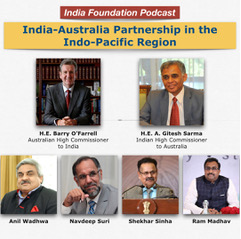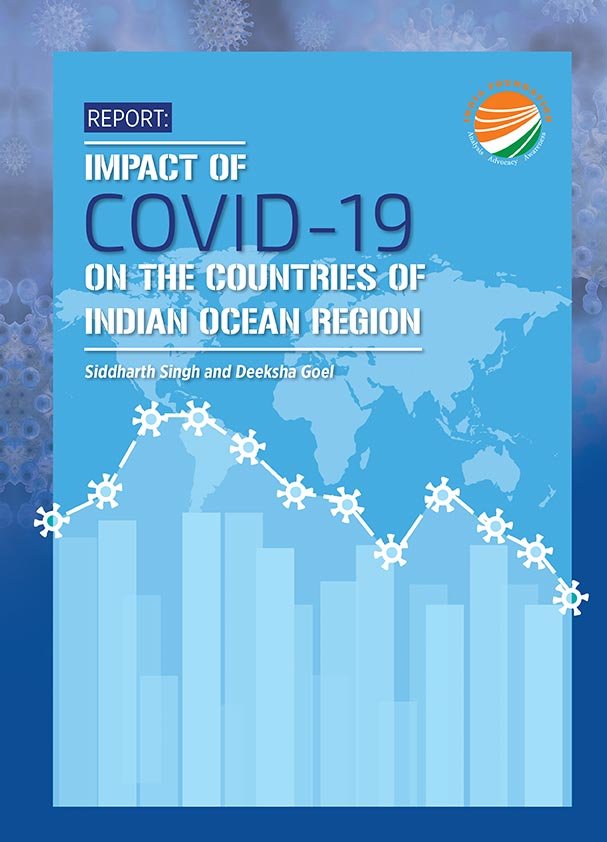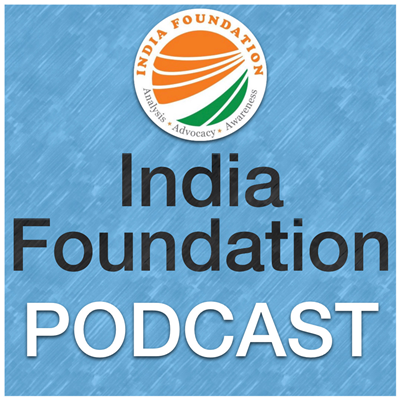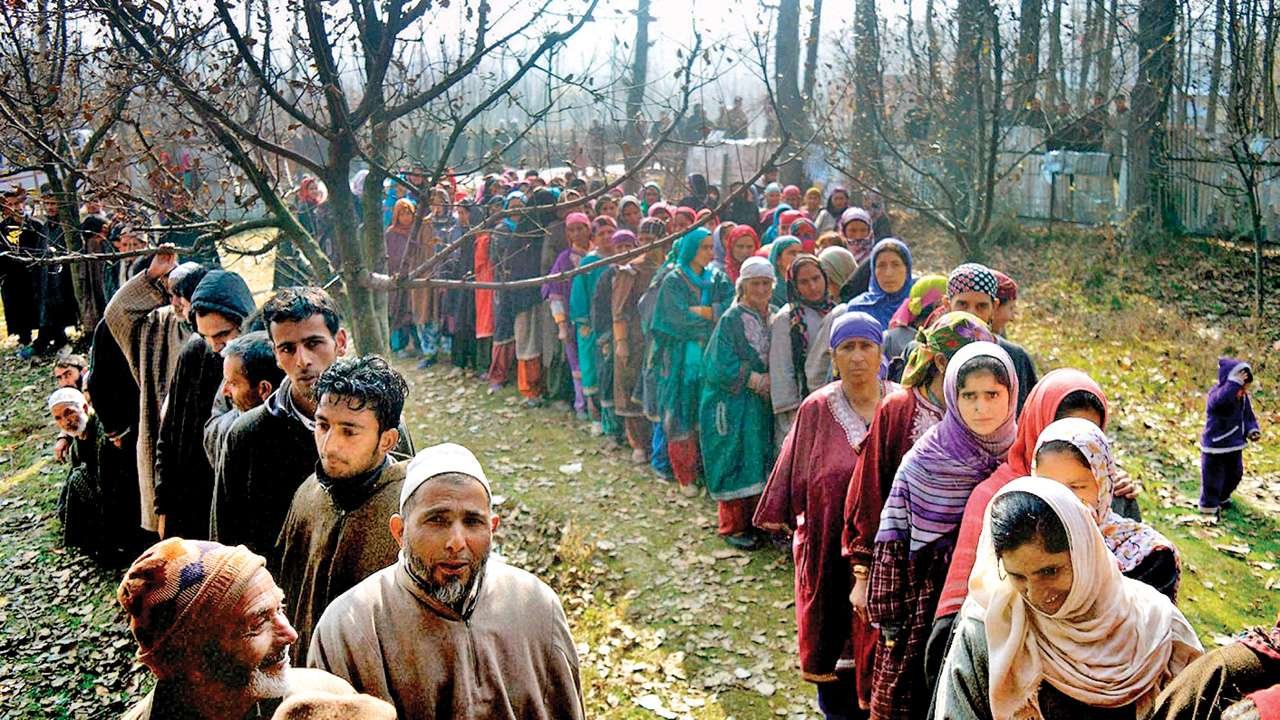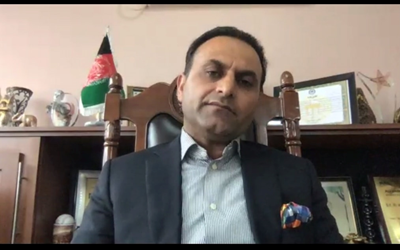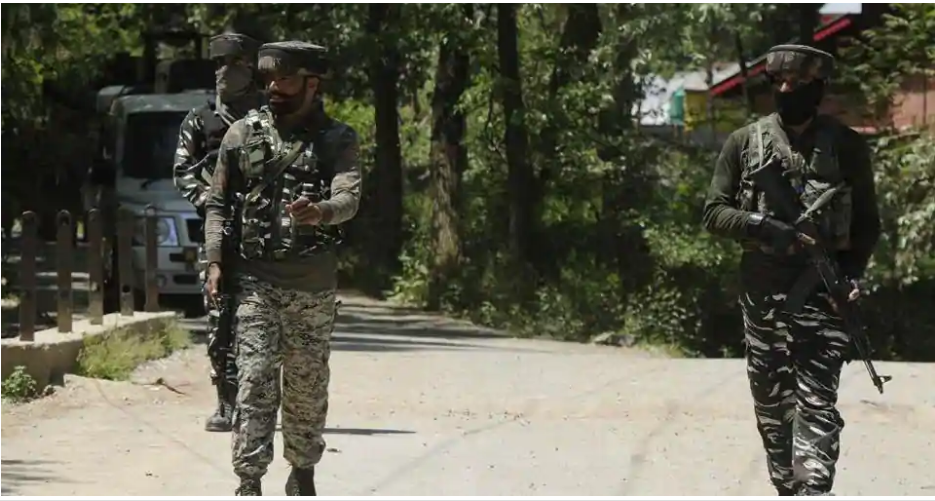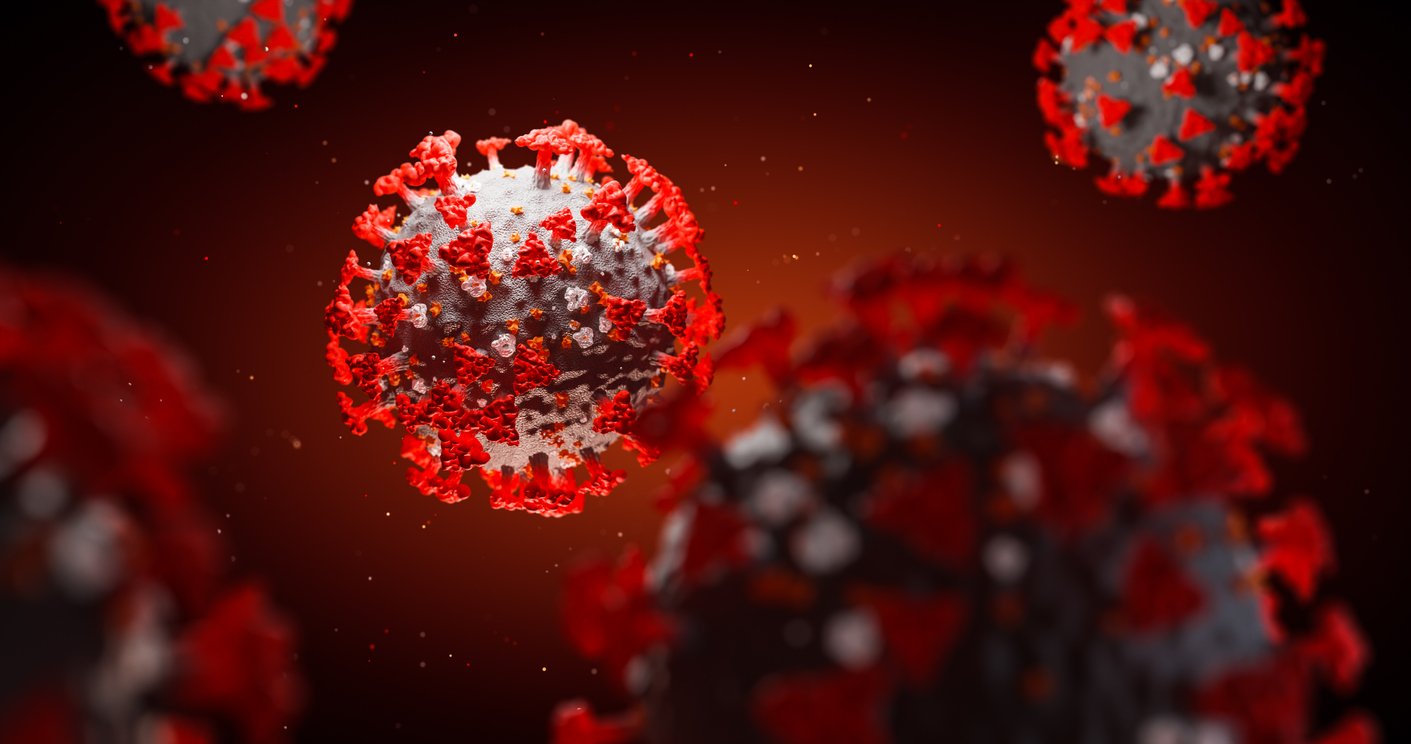It seems well nigh impossible to say anything new about the current situation, given the round-the-clock flood of information, accurate or false, discussion and opinions that has submerged all of us in the last three months. An original reflection can only be based on out-of-the-box interpretations of some of the factual data that come to one’s notice.
We should remind ourselves of FDR’s immortal sentence: ‘The only thing to fear is fear itself’, never truer than nowadays when fear arguably creates more damage, psychological, physical and economic than the COVID virus. It is probably fear that accounts for the inconsistencies and contradictions in the reactions and policies generated by the alert. Aside from the heroism and selfless dedication displayed by so many physicians, health workers, civil servants and volunteers in all walks of life, in India as in most other affected nations one cannot but notice the confused responses advocated and confusing predictions made by experts, political leaders and administrators in the world’s most influential and allegedly advanced countries, from the discredited computer projections of Oxford’s Neil Ferguson forecasting many millions of deaths to highly exaggerated statistical estimations of mortality (3% instead of the approximately factual 0,50%) and to the wild claims about vaccines being made available by this fall. Yet a vaccine, assuming it is found, takes years of testing before it can be responsibly inoculated, and even then many risks remain as attested by thousands of children gravely affected by routine inoculations. None has yet been found to date for COVID-19 predecessors including SARS and MERS.
The public has been exposed to a deluge of rumors and claims passing for scientific certainties. Tests are unreliable and can be misleading. There is no agreement as to whether COVID is irresistibly infecting most of the population, harmlessly for the vast majority, or whether its propagation can be stopped. The positive effects of universal confinement are in doubt according to various studies. Countries that did not enforce it, such as Sweden and Belarus are no more affected than many states which did. This latest avatar of the Corona strain apparently took everyone by surprise and yet in 2017 the now ubiquitous Dr Antony Fauci had said on the record that the Trump administration would be beset with a ‘surprise’ pandemic.
The aftermath of this crisis will probably be rife with controversies and investigations about many ‘whodunnits’. The promised WHO-led inquiry into the role played by China in the birth and unfoldment of the epidemic will only be one of many. The US Government’s funding for and initial participation to bat and rodent-derived COVID research at the Wuhan Epidemiology Laboratory deserves scrutiny. The visit to the said Lab by an American delegation which reportedly alerted Washington in January 2018 about unsafe conditions led the US Government to promptly accuse without proof the said facility of releasing the virus, in a context of economic and strategic conflict between the two states. The delayed and reluctant responses from major governments to the initial reports about the new epidemic can be easily explained by their fears for an already degraded global economy but they also explain the alacrity with which they are offloading the blame on China while proclaiming their innocence.
Is the attribution of generous Medicare financial compensations to American hospitals reporting COVID patients and fatalities to account for the demonstrably inflated statistics in the country? Why the dogged and vociferous opposition of the international health establishment to the mostly successful, Hydroxychloroquine and antibiotic treatment applied by Dr Didier Raoult and by many other experienced epidemiologists? Was the unsubstantiated rejection of commonly used, old medicines prompted by the desire to promote yet-to-be discovered rival cures and by ‘Big Pharma’’s relentless push for a new vaccine, touted by Bill Gates at the cost of billions of public dollars?
The WHO now gets much of its funding from private foundations and pharma corporations. It is disturbing to hear many western medical practitioners reporting that they are not allowed to treat patients according to their experience and are instead prescribed novel protocols they don’t agree with by health authorities.
The President of Madagascar claims that the WHO seeks to discredit an effective natural COVID-19 cure produced in his country from the Artemisia plant. The world body indeed does not accept the claim that Artemisia has curative properties for the illness and the Pharma MNCs in principle ignore low cost natural medicines and traditional ones such as Ayurveda and Unani although they routinely study, patent and market at huge profits the active ingredients of readily available plants. Artemisia has long been opposed by medical authorities and banned in certain countries at their behest even though it is not dangerous and is a well known cure for malaria.
Is disease primarily viewed as a source of profits in our neo-liberal globalised economy? This question enshrines the obvious answer.
Theories are sprouting up all over the world (and sometimes in high places) about the use being made of the COVID pandemic and of the magnified casualty and fatality rates to accelerate the digitalization, automation and robotisation of society while getting rid of unnecessary workers, preventing mass social movements and reducing salaries and social benefits. A gigantic economic and financial crisis is being piggy-backed on the declared pandemic by global agencies and the leading financial institutions while the US leads a concerted western attempt to downsize Chinese technology and industry which threaten its own leadership.
The transnational movement for a cleaner, ‘low carbon’, less populated and more manageable high-tech world may have serendipitously found in the COVID-19 its Trojan horse to penetrate economic systems and radically transform our congested, polluted and conflict-ridden societies . The nations which obeyed the command to close down their productive industries will be rewarded with huge loans that ought to make them more dependent upon the global control centres tasked with the agenda of enforcing ‘sustainable’ development.
How will India adapt to the new reality in which the west is fighting to retain its dominant status and curb the rise of new contenders for hegemony? Can she expect a favorable reaction to her intent to sit at the high table? The race for wealth and power is not a ‘win-win’ exercise to the end. It eventually turns into a zero sum game and a country is either a winner or a victim.
From the desk of Côme Carpentier de Gourdon
Consultant, India Foundation


